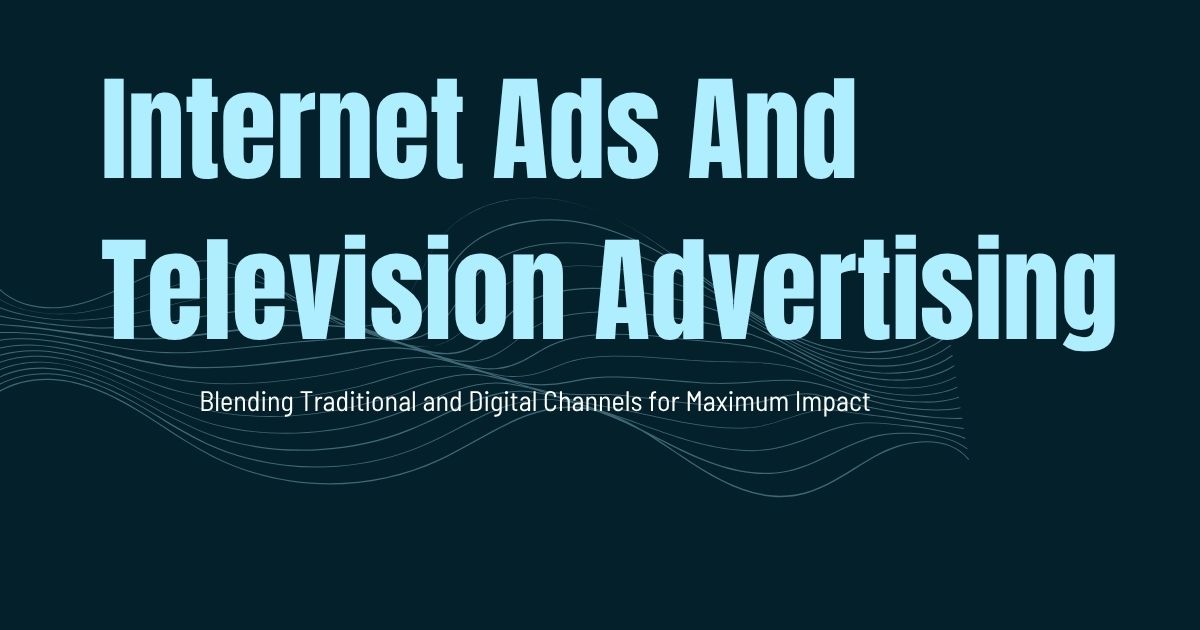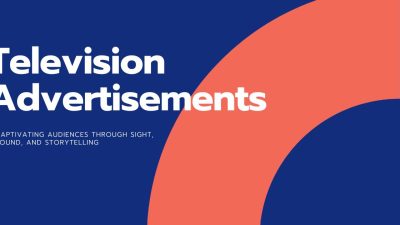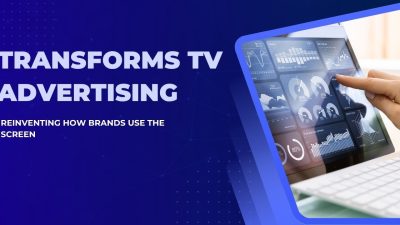Production Costs for TV Commercials
It’s fucking expensive to make one of those shitty television ads. A professionally produced commercial can cost anywhere from $50,000 to $500,000 for a 30-second spot, depending on the complexity of the creative, talent needs, scale of production and quality. The cost of high-end commercials, replete with celebrities or elaborate sets, can top $1 million in production costs alone.
These costs include the development of script, casting, shooting, editing, sound, and post-production. Unlike digital ads, which can be created and adjusted rapidly, television commercials need to be meticulously planned and professionally produced to match TV broadcast standards.
Airtime Purchase Costs
Airtime fees are the biggest expense in TV ads. Ad spots on prime time on the biggest networks can reach $100,000 to $500,000 for one 30-second commercial. Popular shows such as the Super Bowl have premium prices, with 30-second commercials going for more than $7 million.
But the cost of local television advertising is much more accessible, at $200 to $2,000 for a 30-second spot, depending on the market size, time of day and day of the week. But even regional campaigns often require hefty budget investments in order to maximize reach & frequency.
Hidden Television Advertising Expenses
TV advertising have dozens of more costs, buried by the advertisers. The agency fees are usually 10%-15% of total media spend. Thousands of dollars are added to the cost of a campaign for production insurance, talent residuals and music licensing fees.
Studies also show that an extremely high percentage of TV commercials never meet the goals set for them, so these hidden costs may be even more painful when projects simply don’t work.
Internet Advertising Cost Structure
Pay-Per-Click and Performance-Based Pricing
The most typical price model for internet advertising platforms is performance-based pricing. With Google Ads, the advertiser only pays when someone clicks on their ad, with costs anywhere between $1 to $10 on average per click depending on industry and competition. This pay-for-performance model means advertisers will only be charged for engagements that actually occur.
Such performance-based costing is also possible using social media platforms like Facebook, Instagram, with an average cost per click between $0.50 and to $3.00. These platforms also introduce cost-per-impression options, which enable advertisers to pay based on how many people see the ads.
Content Creation Costs
Digital ads are much cheaper to make than T.V. adverts, with less of a deposit on spec’. You can make one basic display ad for less than $1,000, and social media video by a pro creates costs anywhere from $5,000 to $25,000.
Lots of businesses will create a killer (or terrible) digital ad with an in-house or freelance designer. With tools like Canva, Adobe Creative Suite and a number of video editors, the creation of ads has been democratized, giving the ability to create professional-quality ads to advertisers with smaller budgets.
Campaign Management and Optimization
Internet marketing needs constant management & tweaking to see the’s best result out of it. And with that, is an additional expense (one that’s infinitely cheaper than television advertising management fees). For digital campaigns, it is often possible to manage in house, or businesses can use a specialized agency for 10% to 20% of ad spend.
The fact that you get to make decisions on a real time basis and make optimizations constantly result in campaign performance always evolving, in many occasions improving over time and management costs becoming an investment rather than an extra cost.
Reach and Targeting Efficiency
Television’s Broad Reach Advantages
Television advertising is great at creating a broad general awareness of a brand in a short amount of time. A single prime-time commercial can deliver a message to millions of people at the same time, producing instant market penetration. Such broad reach is useful for products such as consumer goods.
But what is perhaps a strength of television–its sheer reach–can prove a liability when it comes to reaching targeted groups. Advertisers pay for each viewer of their ad — even viewers that are not potential customers. This is inefficient and it inflates the cost per qualified lead.
Internet’s Precision Targeting
Internet ad platforms provide precision targeting on a level once unimaginable. Advertisers are able to direct ads at users using categories like demographics, interests, behaviors, and now location and even how a user interacted with a website moments before. This from-the-title premium targeting makes advertising much more effective.
With Facebook’s advertising platform, one can base the target on Interests, life events, and even on purchase behaviors. Google Ads provides targeting through search intent, which means the ads are displayed to searchers who are proactively searching for your products or services. This one-to-one targeting is commonly more successful than mass-reaching TV ads.
Cost Per Qualified Lead Analysis
When compared to TV ads — in a cost per qualified lead comparison — often they’ll come out the winner, for example. Television may cost $20 to $50 per thousand impressions, yet the internet might bring in qualified leads for $10 to $100 per combination, based on the industry.
With internet, we can target more precisely, which can lead to less wasted impressions and higher conversions. That efficiency can make internet ads less expensive on a per-result basis, even if the cost per impression looks higher.
Measuring Return on Investment
Television ROI Measurement Challenges
Historically, it’s been hard to measure television advertising ROI. What’s more, traditional metrics such as reach, frequency and brand recall don’t necessarily relate directly to sales performance. Few things are less clear however than whether TV advertising works ” that’s down to near-impossibility when it comes to making it work.
While new progress in attribution modeling and cross-device tracking are making ROI measurement for television much more precise than it ever has been, it’s still a less accurate science than digital advertising stats. There are hundreds of television campaigns that do not work because the advertisers still cannot tell what works and what does not — it’s a waste of money!
Internet Advertising Analytics Advantages
Internet advertising offers reporting that allows detailed ROI measurement. An advertiser can then measure every click, every action and every conversion, to determine the success of the campaign. It’s this level of data transparency that will enable ongoing optimization and greater efficiency as the method adapts.
Google Analytics, Facebook Business Manager, and other platforms offer reporting on ad performance, audience activity, and conversion journeys. Through this granular tracking, advertisers are able to attribute value to their highest performing campaigns and spend accordingly.
Long-Term Brand Building Considerations
TV advertising can sometimes bring in a long term brand building effect that is often harder to measure right in the short term. The brand recognition, opinions, and trust built from a television campaign can carry forward and affect purchasing decisions weeks, months or even years later.
Online advertising is generally impatient for instant, trackable success. This gives good visibility on the ROI but may not reflect the complete longer-term value of brand building efforts. And successful advertising typically interweaves the two to deliver immediate sales increases and grow long term brand value.

Industry-Specific Cost Considerations
E-commerce and Direct-to-Consumer Brands
The Internet – The average e-business has found that the cost of doing business on the Internet is less expensive than television advertising. When you can see a customer from the time of first ad exposure through purchase, you end up with measurable ROI. Direct-to-consumer brands can create digital campaigns that maximize for sales today.
Internet advertising also provides the opportunity for e-commerce businesses to remarket to site visitors, lifting conversion rates and boosting campaign efficiency in the process. This ability to remarket isn’t something you can do with television commercials.
Local Service Businesses
Local service companies generally get much better results from internet ads than expensive television ads. Local Google Ad’s and other advertising on Face book are dirt cheap in terms of getting in front of customers in a geographic area.
The quick response of online advertising is good for local service companies. As many customers will call, click to their site or request a quote on the spot as soon as they have viewed digital ads, one can convert them there and then.
Large Consumer Brands
Companies sell on credibility and consistency, and setting a television advertising budget to develop broad marketplace awareness is affordable. Television’s mass market reach can be useful for products with broad-based appeal.
But now, even most big brands spend a larger share on internet ads (which are more targeted and can be measured more precisely). Segmenting audiences and formulating messages based on demographic target groups generally lead to increased campaign effectiveness.
Choosing The Best For Your Business
Budget and Resource Considerations
Internet advertising is generally only cost-effective for smaller businesses that have a relatively low advertising budget. With generally lower barriers to entry and performance-based pricing structures, digital advertising is accessible to businesses that wouldn’t be able to budget their way onto TV.
Bigger businesses with big marketing budgets would be best off combining the two, using television to market their brand to the masses and internet advertising to convert an interested target audience.
Audience and Geographic Factors
Think about where your intended audience consumes content. Younger people are preferring online more and more, so online advertising works more in that younger people fonts. I think older demographics may still respond well to TV adverts.
Cost-effectiveness is additionally okεѷuctred by geographic targeting. TV ads across a country need a lot of money and internet marketing can target to regions, towns even streets.

Campaign Objectives and Timeline
Which medium offers the most value depends heavily on your advertising goals. Brand promotion campaigns can get advantage from the wide exposure offered by Television, but lead generation and sales conversion campaigns tends to benefit more with the precise targeting of internet advertising.
There’s not a more efficient medium for time-sensitive ads than Internet advertising that can be launched and live immediately, and fine tuned every single morning, afternoon and evening. TV commercials, on the other hand, take longer to implement and are locked in once they run.
Maximizing Your Advertising Investment
As to whether online advertising is cheaper than TV ads, as is always the butt of the answer to many questions in marketing: it depends 🙂 For most business reasons, internet advertising is more cost effective, can be more targeted and is more measurable.
But the best ads are usually a combination of the two. TV builds brand with a wide-brush And Internet enables targeted conversion and immediate results. The integrated method ensures that the two media are exploited to their full capacities, while their weaknesses can be compensated by both.
Think about budget, audience, objectives and your need to measure success when making your decision. The lower-cost option isn’t always the cheaper option if it doesn’t provide the results your business requires.
Begin with an extended series of small test campaigns on both platforms to collect performance data unique to your business. This is the evidence-based perspective that will allow you to make smart choices when it comes to your advertising dollars and actually which channel delivers a higher quality opportunity for your marketing objectives.
Comparing the cost of internet ads and television helps businesses allocate their budgets wisely, while improving online reputation management ensures that every advertising dollar supports a trustworthy brand image





